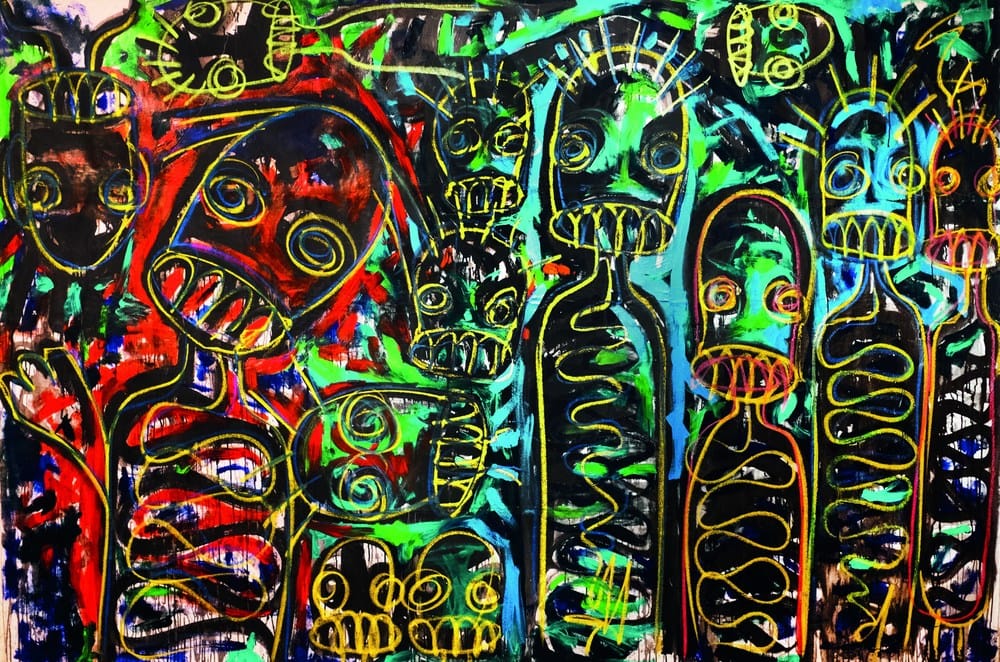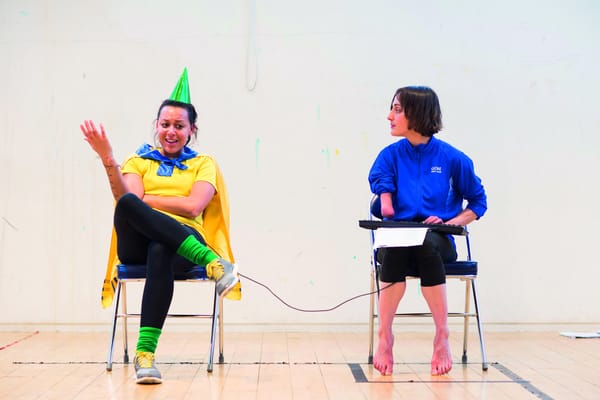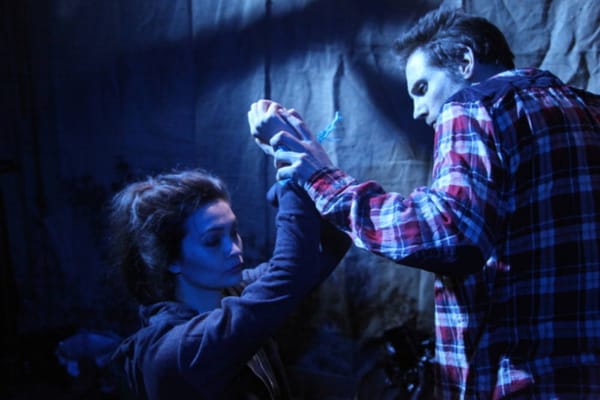There’s More to Art than White Western Males
Fred Fyles and Kamil McClelland give five overlooked artists that you should know about

Cyprien Tokoudagba is quite simply my favourite contemporary African artist yet hardly known outside a very small group of art consumers, left in the wake of the well established El Anatsui and Ablade Glover. Unlike the stereotypical loud, busy and somewhat overwhelming African art, Tokoudagba draws from influences other than the continent’s rapid urbanisation and explores aspects of the region’s rich cultural and spiritual history. Harking from Benin, the home of Vodun (voodoo) and the powerful Kingdom of Dahomey, the sculptor and painter established his career as a restorer of traditional royal palaces and temples and hence had unprecedented access to the dying traditions of the Fon people. Creating surreal works steeped in Vodun symbolism, his works leave you with a sense of unease, haunting, as if left in a trance by the creatures suspended on the cream background. His works paint a different picture of Africa, one of its too often overlooked history, as opposed to its perceived present of corruption, war and famine.
Unlike Tokoudagba, the young Ivorian artist Aboudia forces Africa to confront its dark present. Taking the stylised image of the mask, he adds violence to it with his harsh brushstrokes, ripping apart this romanticised symbol of African pride. He shows that the world that is represented through these masks no longer exists, replaced by a cruel world of death, violence and destruction. With his heavily overlaid collages, he creates conflict and confusion, dark colours and skeletal figures draped in AK-47’s. He provides a rare critique, a rare protest amongst artists who force themselves to be positive whilst ignoring Africa’s ugliness. These two artists are nothing like what you would expect from African Art.
Much like the internationally renowned human-rights lawyer and activist Amal Ramzi Alamuddin is now forever known as ‘Mrs Clooney’, Camille Claudel has gone down in history as ‘Rodin’s lover’. The truth is so much more interesting than that; a French sculptor and artist, Claudel – barred from attending the École des Beaux-Arts due to her gender – took it upon herself to learn her craft, studying under Alfred Boucher, and renting a workshop with other young female artists. Her work is dramatic, heroic, romantic, and tragic. What little of her work survives today reveals a true artistic talent, whose ability to transfigure a block of onyx into a living sculpture is nothing short of astonishing. In 1913, at the request of her brother, Claudel was admitted to an insane asylum; she never left, dying there in 1943. Her remains were buried in a communal grave, am insult to her legacy and talent.
A lot of art is about empowerment, about representation. It is this that makes the work of Zanele Muholiso important. A South African photographer who mixes in activism with her work, Muholi documents the lives of innumerable South African lesbians who live in fear of corrective rape, assault, and murder. Mapping the identity of her community, Muholi documents an unsteady course through post-apartheid South Africa, a country in which equal marriage is enshrined in the constitution, but the LGBTQ community is constantly under threat. Although active for more than a decade, her work is still highlighting this tragedy that is often ignored by the Western media.
Ok, so Anni Albers may not be an ‘unknown artist’ – her Wikipedia page describes her as the best known textile artist of the 20th century – but her medium is grossly underappreciated in an art world that tends to be hostile to anything deemed ‘decorative’ or ‘trivial’ (never mind the fact that such fields tend to be those in which women are most prominent). Studying at the Bauhaus during its golden era under Walter Gropius, Albers immediately displayed a strong skill with textile work, particularly her eye for repeating geometric patterns. Marrying fellow artist Josef Albers, the pair fled to North Carolina in 1933 to escape the Nazis – once there she began to teach at art schools, and published numerous articles on modern design. Passing away in 1994, at the age of 94, Albers has left a legacy in textile design that is unmatched by any other artist; her striking patterns, which take in Russian constructivism, German modernism, and pre-Columbian artistry, are ground-breaking in their freshness, looking just as new as the day they were woven.









